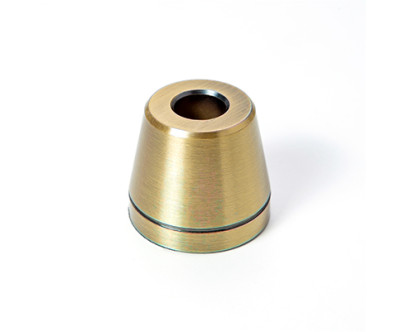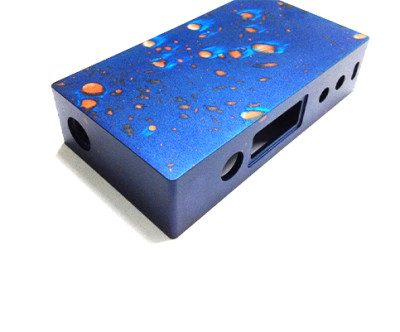How to reduce waste in sheet metal processing?
Reducing waste in sheet metal processing is a critical concern for manufacturers looking to improve efficiency,lower costs,and promote sustainability.Waste in metal fabrication can occur in various forms,including offcuts,scrap,or errors in production,and managing it effectively is essential for maintaining profitability and meeting environmental goals.
One of the first steps to reduce waste in sheet metal processing is careful material planning.By accurately calculating the required amount of metal for each project,manufacturers can minimize excess inventory and reduce scrap.Advanced software tools for nesting and layout optimization allow for maximum material utilization,ensuring that every sheet is used efficiently and reducing offcuts that would otherwise be discarded.
Implementing precision cutting technologies also plays a crucial role.Techniques like laser cutting or waterjet cutting allow for highly accurate shapes to be produced with minimal material loss.Traditional mechanical cutting often generates more scrap due to inaccuracies or rough edges,while precision methods ensure that each cut is exactly as planned,preserving more of the raw material.
Recycling and reusing scrap metal is another effective strategy.Offcuts and leftover sheets can often be melted down or repurposed for smaller components,reducing the need to purchase additional raw material.Many manufacturers establish a systematic approach for collecting and processing scrap,turning potential waste into a valuable resource in sheet metal processing operations.
Staff training is equally important.Operators skilled in handling metal sheets,operating cutting machines,and maintaining equipment are less likely to make errors that result in wasted material.Proper training ensures that machines are used optimally,reducing mistakes and material loss during production.
Preventive maintenance of machinery is another key factor.Worn-out tools or poorly calibrated machines can lead to miscuts,rough edges,and additional scrap.Regular maintenance of bending,cutting,and stamping equipment ensures consistent quality and reduces the likelihood of material waste.
Design considerations also impact waste reduction.Engineers and designers can create parts that are easier to fabricate and assemble,minimizing complex cuts or unnecessary material usage.By collaborating closely with the production team,designers can optimize the shape,layout,and size of components to reduce scrap and improve overall efficiency in sheet metal processing.
Finally,adopting lean manufacturing principles can systematically reduce waste.Lean strategies focus on eliminating unnecessary steps,improving workflow,and continuously analyzing processes for efficiency gains.Applying these principles in sheet metal processing can minimize waste,enhance productivity,and foster a culture of sustainability within the organization.
In summary,reducing waste in sheet metal processing requires a combination of precise planning,advanced cutting technologies,recycling,staff training,machine maintenance,optimized design,and lean manufacturing practices.By implementing these strategies,manufacturers can not only lower costs and improve efficiency but also contribute to environmentally responsible production practices.



